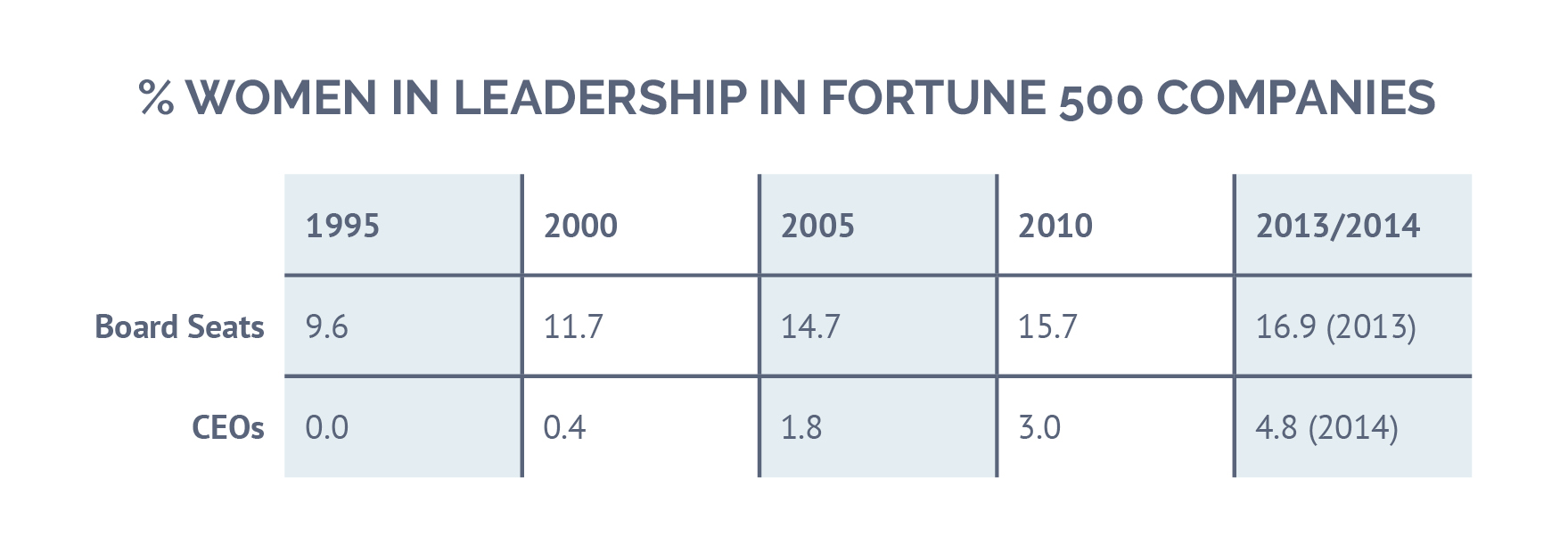In recent decades, there has been a great increase in the number of women in the workforce. In the U.S., women hold 49.1% of overall jobs and fill more than half of managerial, professional, and related occupations. And yet, though there has also been an increase in the number of women holding leadership positions, they still remain vastly under-represented in the top echelons of organizations. The latest figures for Fortune 500 companies worldwide, for example, show that women occupy only 16.9% of board of director seats, and a mere 4.8% of CEO positions.
Gender Incongruence and Leadership Perception
The influx of women into the workforce over the past few decades has shifted the gender composition of some industries, and this context can affect the perception of leaders, both leaders’ perceptions of themselves and others’ perceptions of them. In a recent study we conducted in the U.S., we found that female leaders tend to be rated more highly than male leaders in female-dominated industries, and that male leaders tend to be rated more highly than female leaders in male-dominated industries.
Despite this, the gender composition of leadership in female-dominated industries has not always kept up with the worker composition. For example, women now comprise 75% of U.S. healthcare workers, but represent only 12% of healthcare CEOs.
When we investigated how the perceptions of leaders vary across cultures, we found a surprising result: women leaders in North America were rated significantly higher by their peers and direct reports than were their male counterparts. Yet there is still a large gender disparity in the upper ranks of North American organizations.
Gender and the Path to Leadership
What explains these paradoxes—high percentages of female workers, high ratings for women leaders, but lagging percentages of women in the upper echelons of leadership?
Eagly & Carli have postulated that the path to leadership is different for women than it is for men. Rather than hitting a proverbial “glass ceiling” at the top of a single-path leadership ladder, women leaders must instead navigate a labyrinth—a series of paths, each with unique turns, barriers, hurdles, and dead ends not necessarily faced by men.
The factors impeding women’s entry to the C-suite or the Boardroom, then, may be both more subtle and more numerous than simply their perceived effectiveness as leaders. Identifying and addressing these factors is crucial. Any organization—or industry—that fails to retain and capitalize on the talent of a major portion of its workforce is harming itself in both the short- and long-term.
For help addressing gender, leadership, and other culture issues in your organization, contact us.





